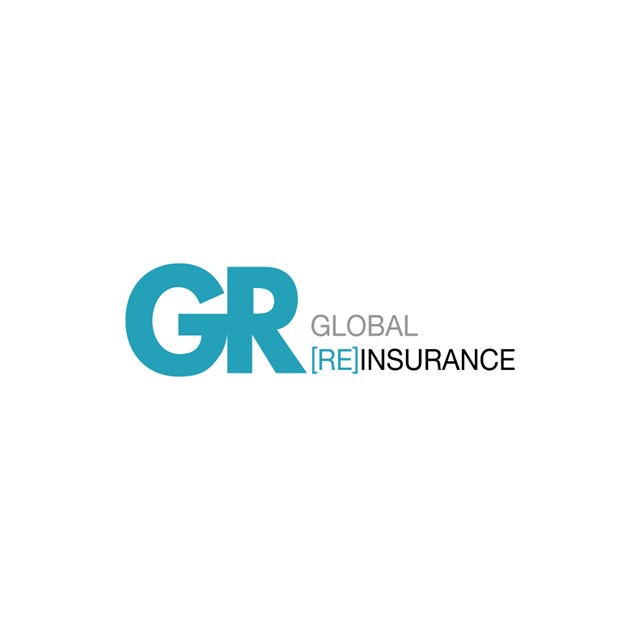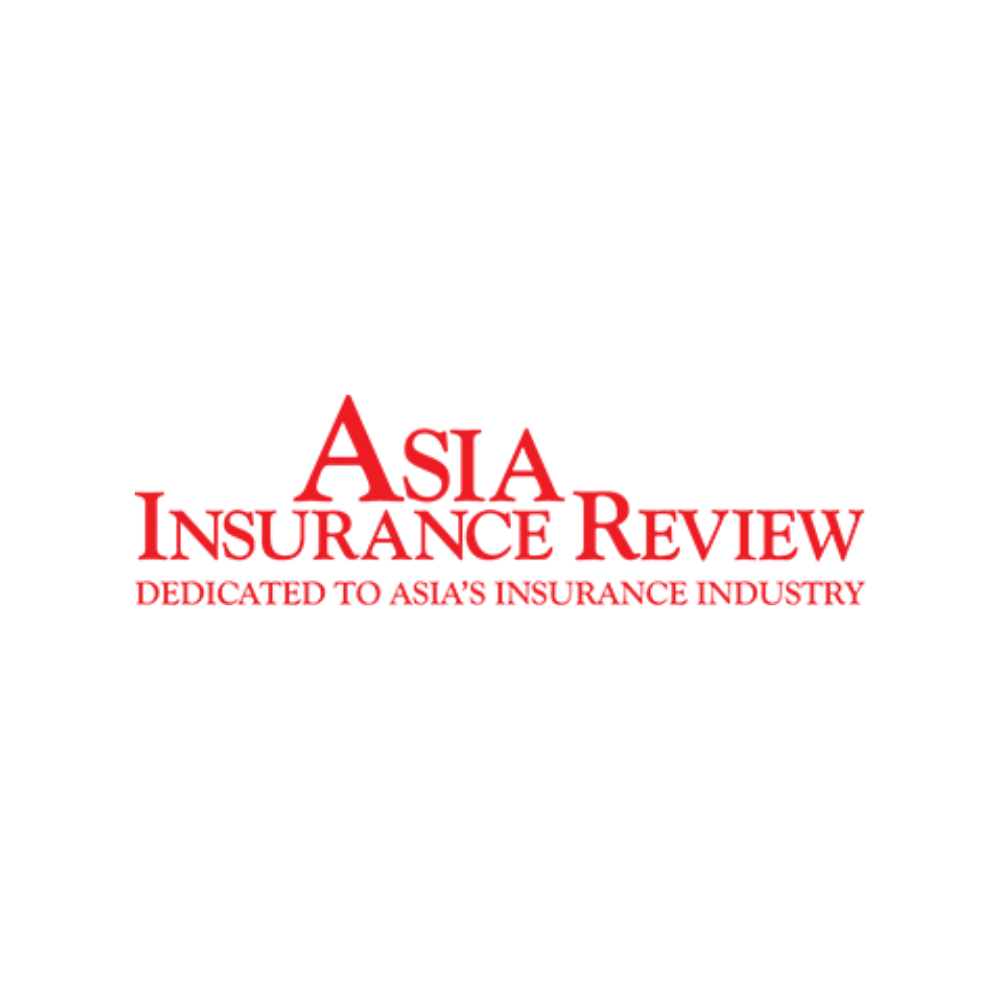What Insurance Organizations Need to Know About IFRS 17
by Anish Suri
Starting January 2023, insurance organizations will have a new financial compliance standard to abide by – IFRS 17.
The IFRS 17 standard establishes principles for the profitability recognition, liability measurement, presentation, and disclosure of insurance contracts. The objective is to ensure that insurance organizations provide relevant information that faithfully represents their contracts, providing a basis for consumers of financial statements to assess insurance contracts’ effect on the company’s overall financial performance and cash flow.
IFRS 17 was issued in May 2017 and applies to annual reporting periods beginning on or after 1 January 2023.
Understanding IFRS 17
The new IFRS 17 standard differs from the established IFRS 4 standard in several ways.
- IFRS 4 was an interim standard, whereas IFRS 17 is a comprehensive one.
- IFRS 4 allowed for profit recognition at the start of an insurance contract, whereas IFRS 17 does not permit revenue recognition upfront. It does require early recognition of losses on difficult contracts.
- IFRS 4 allowed for investment revenue as well as premiums to be accounted for, IFRS 17 excludes investment revenue.
- IFRS 4 does not consider the time value of money, whereas discounting is a primary aspect of IFRS 17.
- IFRS 4 allowed for adherence to local guidelines for measurement and presentation, while IFRS 17 establishes universal guidelines to be followed.
Under IFRS 4, entities were free to compute their calculation of reserves and interpretations of revenue recognition. For example, it was at a company’s discretion whether to include risk adjustment in the company’s revenue recognition, whereas it is now mandatory under IFRS 17.
Complying with IFRS 17
To ensure compliance with the new IFRS 17 standard, insurance organizations must consider multiple factors, from data and system architecture to staffing considerations. The initial step, however, is understanding where the IFRS 17 standard applies and where it doesn’t.
Applications
IFRS 17 applies to:
- Any insurance or reinsurance contract issued
- All reinsurance contracts held
- Any investment contracts with discretionary participation features it issues, provided the entity also issues insurance contracts
The new standard does not apply to the following:
- Product warranties
- Financial guarantee contracts
- Retirement benefit obligations
- Residual value guarantees
- Fixed fee service contracts
Under IFRS 17, insurance organizations will need to identify portfolios of insurance contracts at the initial recognition stage and divide them into groups:
- Contracts that are onerous at inception.
- Contracts that have no significant possibility of becoming onerous subsequently.
- Any remaining contracts in the portfolio.
It is important to understand and note that losses on onerous contract groups are immediately recognized in the profit or loss account according to the standard.
Data and System Architecture
Having a strong core data architecture enables insurers to meet the stringent technical requirements of the IFRS 17 standard. Compliance with the standard requires a range of data use cases and compels insurers to store accounting data and actively manage both its access and its integrity. Accounting figures, including cash flow, discount rates, cohort CSM measurements, and risk adjustments must be stored and processed for reporting. However, because IFRS 17 requires repeated calculations to account for the evolving conditions and financial risks, insurers must implement an architecture that can respond to frequently changing calculations and data.
Staff
The transition to the IFRS 17 standard requires balancing business transformation alongside the daily reality of running insurance operations. To meet these challenges, organizations will need finance and accounting professionals who can think strategically and are skilled in business, leadership, communication, financial modeling, performance metrics, and statistical analysis. Professionals with the right combination of technical and soft skills stand as effective business partners.
IFRS 17 Models
The IFRS 17 standard provides three distinct measurement approaches for the accounting of insurance contracts:
General Management Model (GMM)/ Building Block Approach (BBA)
The General Management Model, also known as the Building Block Approach, is the default model for liability calculation under IFRS 17. This approach is applicable for all contracts having a period of more than one year and requires companies to compute their Contractual Service Margin (CSM) by analyzing cash flows (inbound and outbound), adjusting to reflect the time value of money (discounting), and adjusting for non-financial risk.
Under GMM, the CSM calculation will provide the unearned income to be recorded for the insurance contract and form part of the liability for the remaining coverage. At every subsequent reporting date, the entity will similarly recalculate the FCFs and CSM. The discount rate used by an entity will depend upon currency, liquidity, and contract duration factors.
Premium Allocation Approach (PAA)
The Premium Allocation Approach is simplified compared to GMM and is applicable for contracts for less than or equal to one year in duration. PAA is commonly used by general insurers and non-life entities. The PAA model’s key simplification is an exemption from calculating and explicitly accounting for the CSM. A company may use this approach in cases where GMM and PAA calculations yield a similar result.
Variable Fee Approach (VFA)
The Variable Fee Approach is similar to GMM, however, VFA can be used for contracts with direct participation features or where benefits are tied to underlying items but cannot be used for reinsurance contracts. The variable fee equals the company’s share of the fair value of the underlying items, or investments, subtracting fulfillment cash flows that do not vary with the underlying items. VFA looks like GMM at the beginning of the contract and varies in the subsequent years due to the differences in the cash flow and the financial risks adjusting the CSM.
Conclusion
IFRS 17 introduces a new way of measuring insurance liabilities and recognizing insurance revenue. The calculation and disclosure requirements that comprise the standard demand new ways of capturing, recording, storing, categorizing, and reporting data pertaining to insurance contracts. On the corporate level, finance and actuarial teams will have to collaborate more closely to focus on consistency and data quality and aligning system architectures with business processes. Compliance with this new standard will have a substantial impact on the end-to-end reporting cycle and further contributions from different roles and functions will ensure enterprise-level success.
Anish Suri is VP – finance and accounting at Xceedance.


